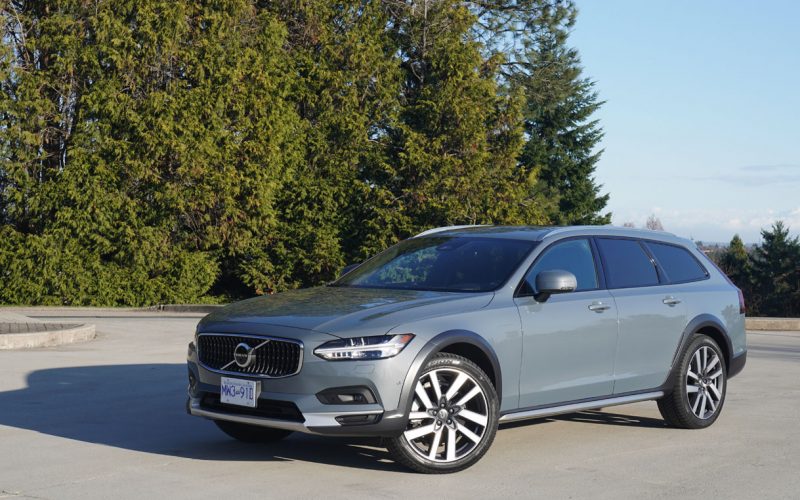
Reading Time: 13 minutesWhen growing up in the ‘60s and ‘70s, wagons were everywhere. We always had one in
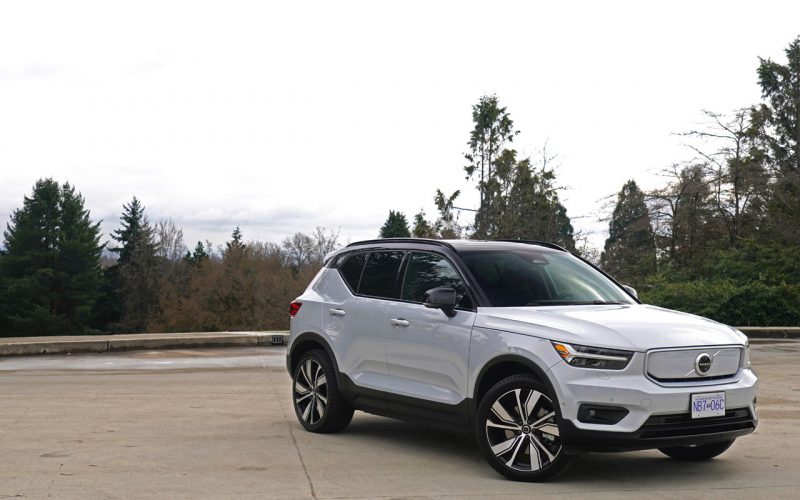
Reading Time: 12 minutesVolvo’s new XC40 Recharge is everything I already loved about this fabulous little luxury utility, and
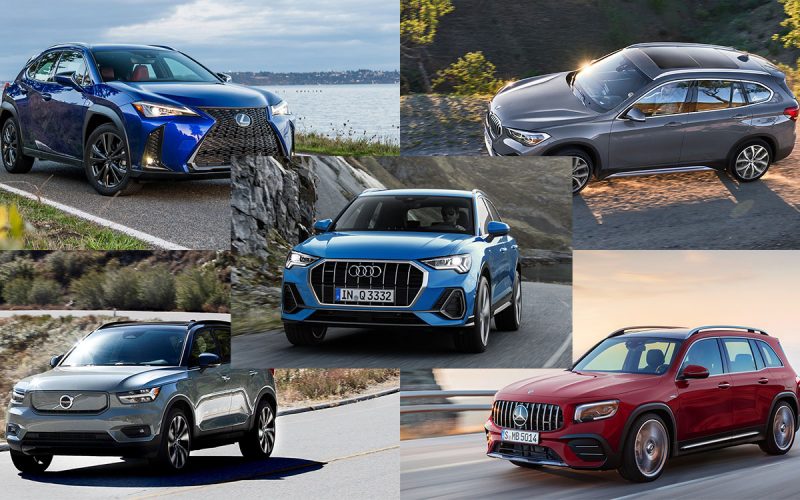
Reading Time: 17 minutesSubcompact crossover SUVs are the new gateway to the luxury market sector, so therefore if a
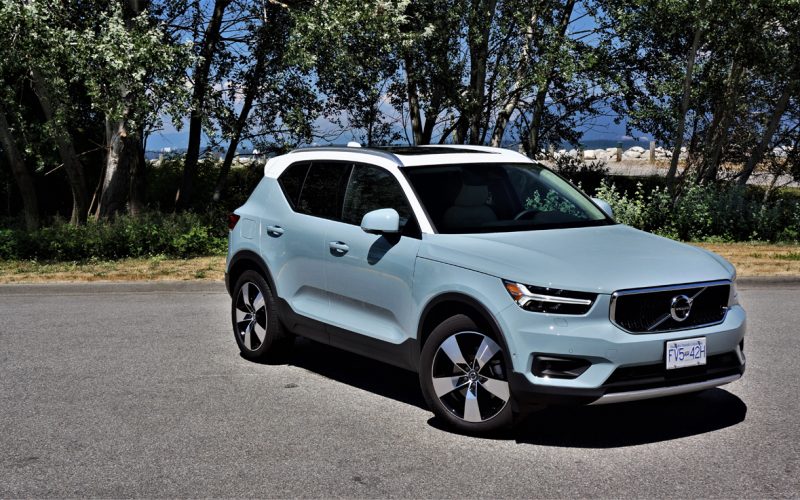
Reading Time: 11 minutesSo, you need to get rid of your old car and want something that looks good,
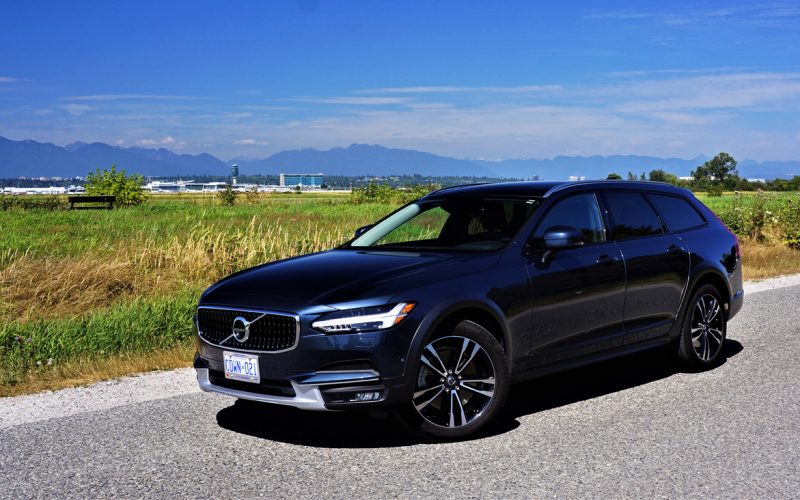
Reading Time: 13 minutesBack in early 2017, Volvo asked us to “rediscover [our] passion in life” in a then
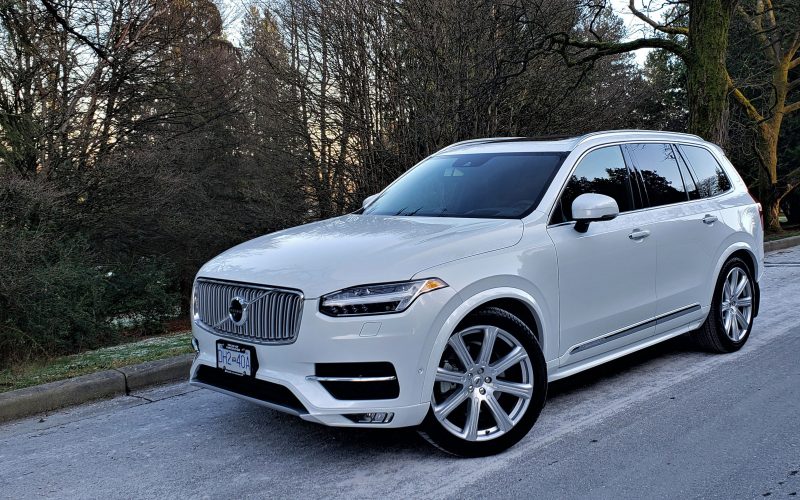
Reading Time: 10 minutesDespite being well into its fourth model year, you’ll have a hard time finding a more
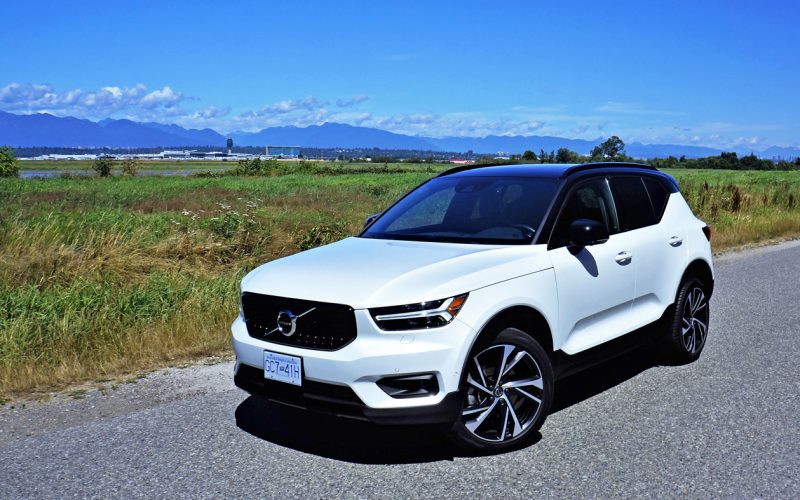
Reading Time: 14 minutesI must admit… I really like Volvo. Particularly new, reinvented Volvo, since the Swedish luxury brand
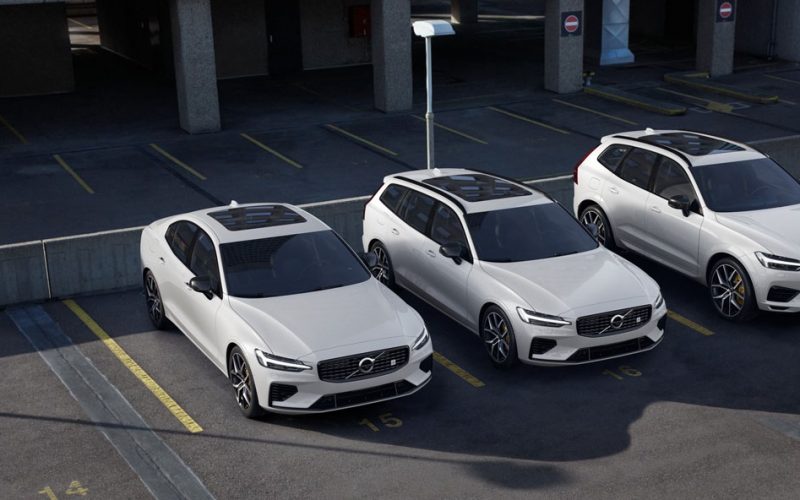
Reading Time: 4 minutesAn explanation for the uninitiated: “Polestar Engineered” is like Mercedes’ AMG or BMW’s M brands, but
© 2025 The Car Magazine. All Rights Reserved, Privacy Policy | Terms of Use